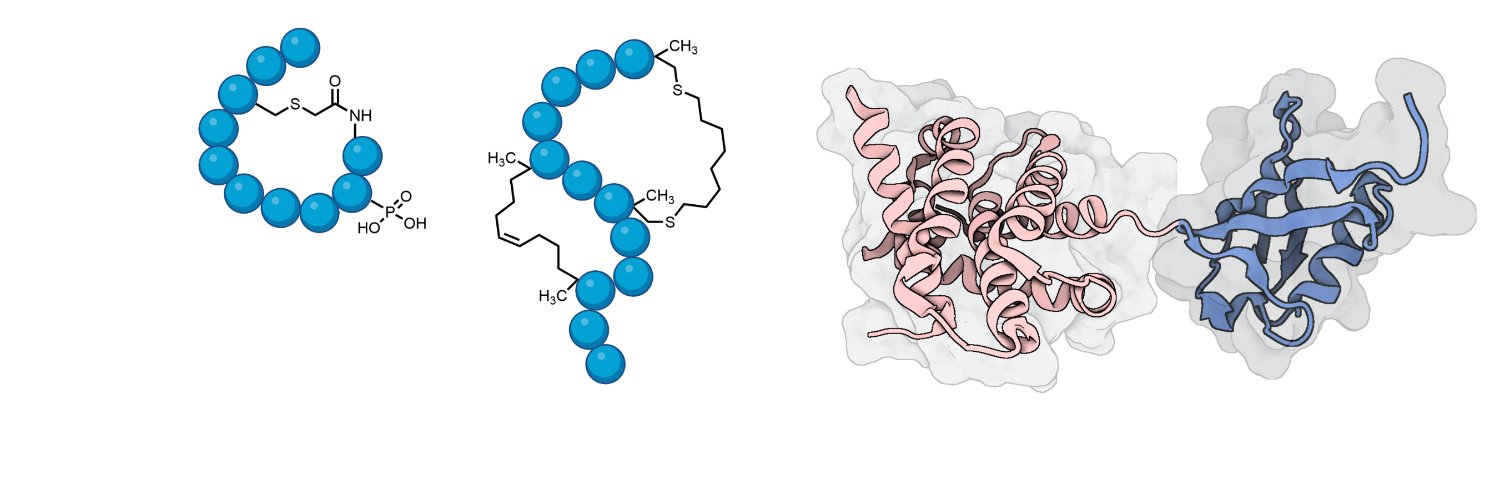
SPPS Facts of the Week
@sppsfacts
Regular dose of peptide chemistry facts.
As I enter the final phase of my PhD, I won’t have time to post more tweets on SPPS. I’d like to thank you all for the support of this account. And I hope that you learned something useful about peptide synthesis from my tweets.
Coupling additives like oxyma and HOBt are often added to piperidine-DMF solutions for Fmoc removal. This reduces aspartimide formation, a notorious side reaction in Fmoc-SPPS involving aspartic acid. Weak acids like formic acid can also be used. doi.org/10.1021/ol3007…
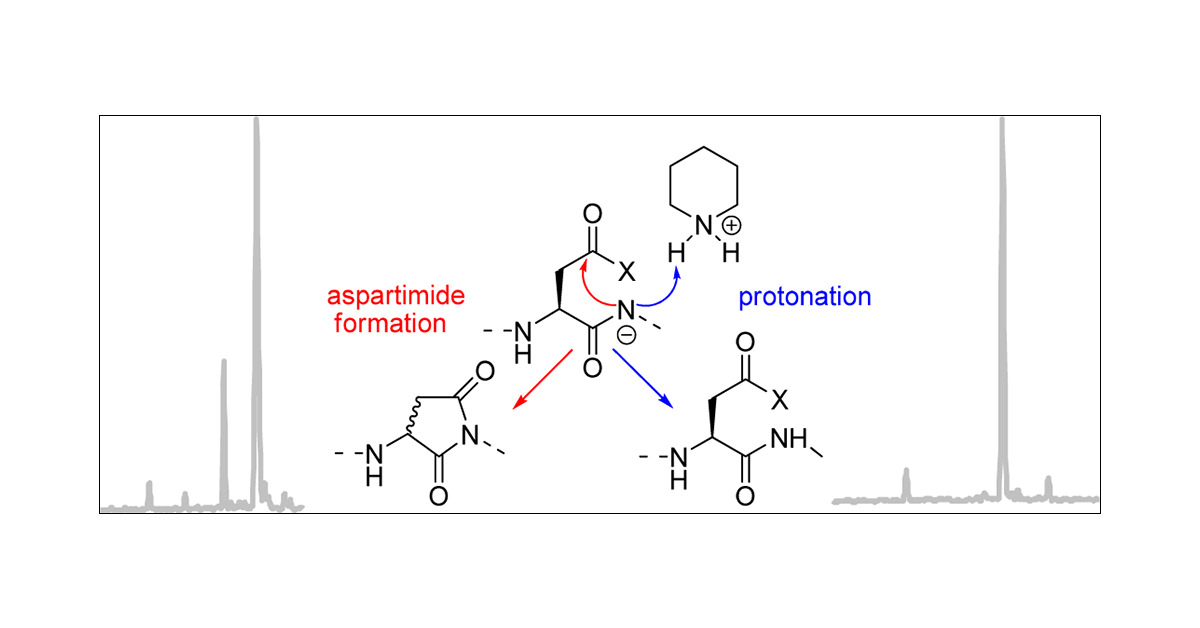
TCEP is an excellent reducing agent for disulfides. It would have been an ideal reducing agent in cyclisations involving cysteine and alkyl halides but in some instances, the phosphine moiety of TCEP can react with alkyl halides in a nucleophilic manner.
N-terminal glutamine and N-terminal glutamic acid (Gln and Glu, respectively) can, unfortunately, form pyroglutamate. All credit for this tweet goes to a valued colleague who shall remain anonymous. doi.org/10.1021/ac0518… doi.org/10.1002/bit.21…
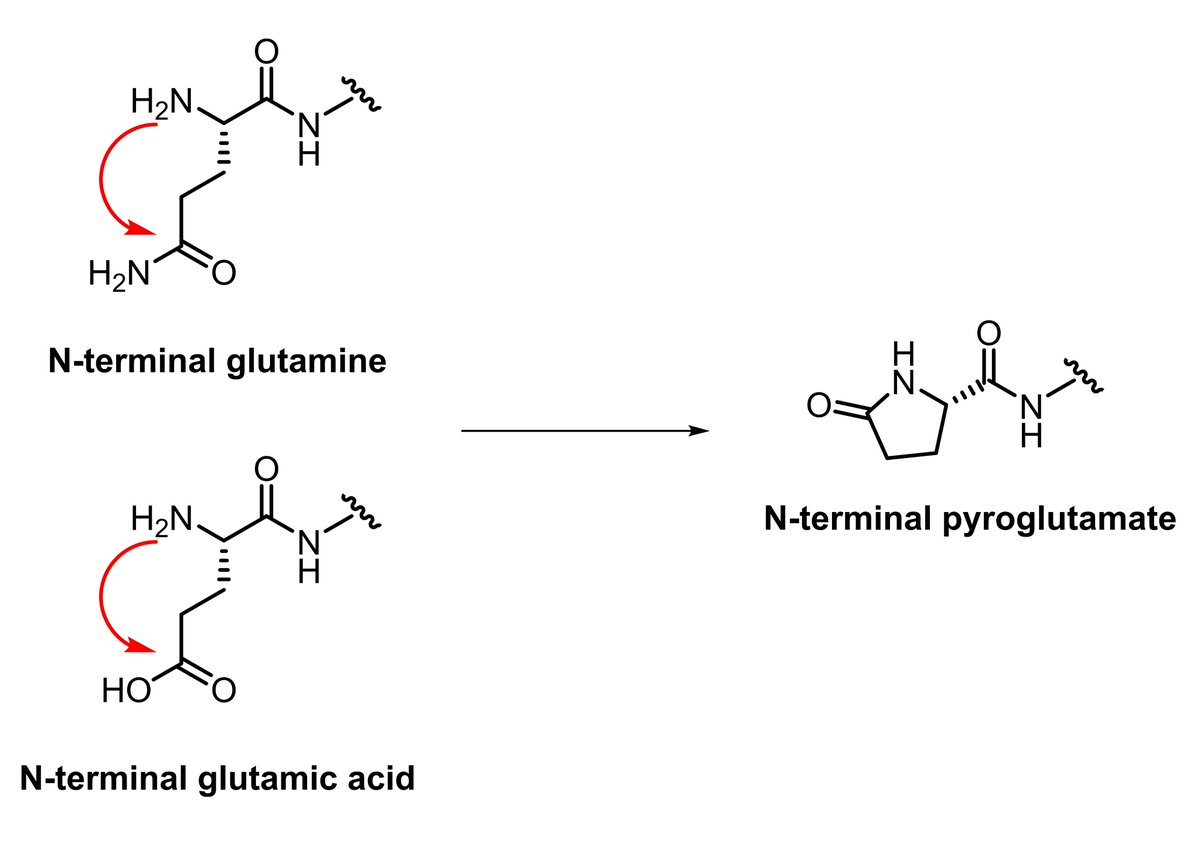
Alpha-amino acids can be converted to alpha-hydroxy acids with stereoretention. Presumably, the reaction goes through a strained lactone intermediate that gets hydrolysed rapidly. The chemistry is also used in the Van Slyke determination. doi.org/10.1021/ol0361…
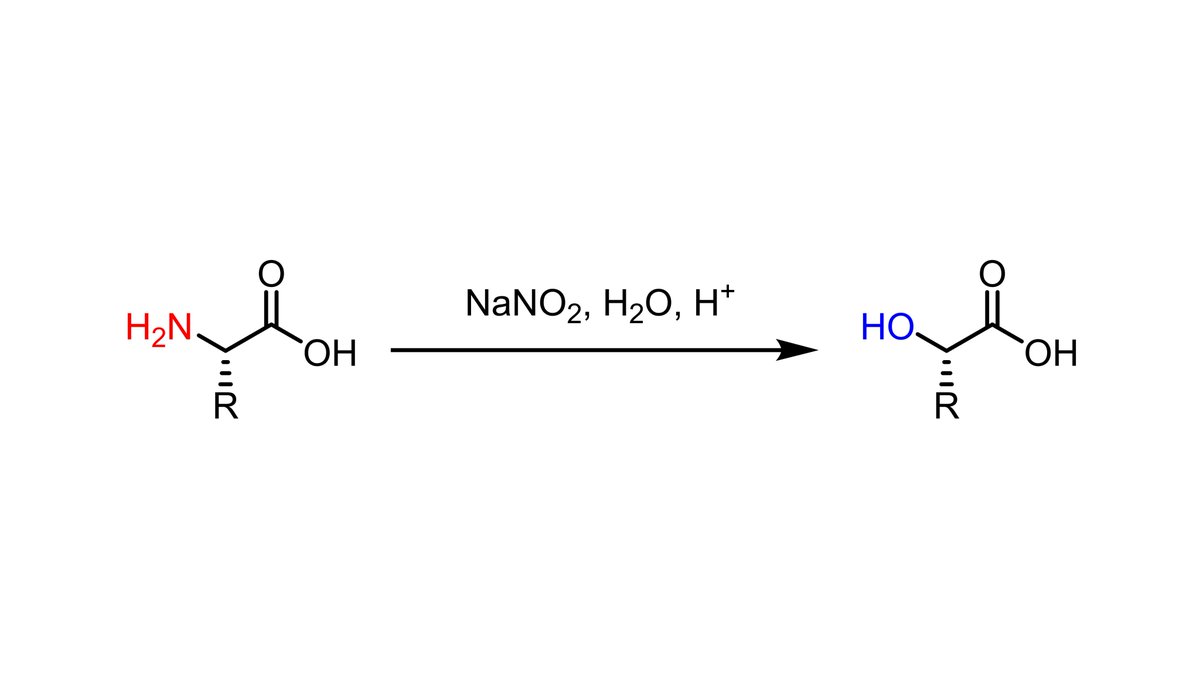
Introducing N-methylation into peptides can be accomplished by using N-methylated amino acid building blocks. But site-selective N-methylation of peptides on resin is also possible. pubs.acs.org/doi/10.1021/ja…

Protection of the side chain amide of asparagine (Asn) and glutamine (Gln), usually with a Trt-group, suppresses an unwanted reaction in which the side chain amide is dehydrated to form a nitrile upon treatment with coupling reagents. doi.org/10.1111/j.1399…
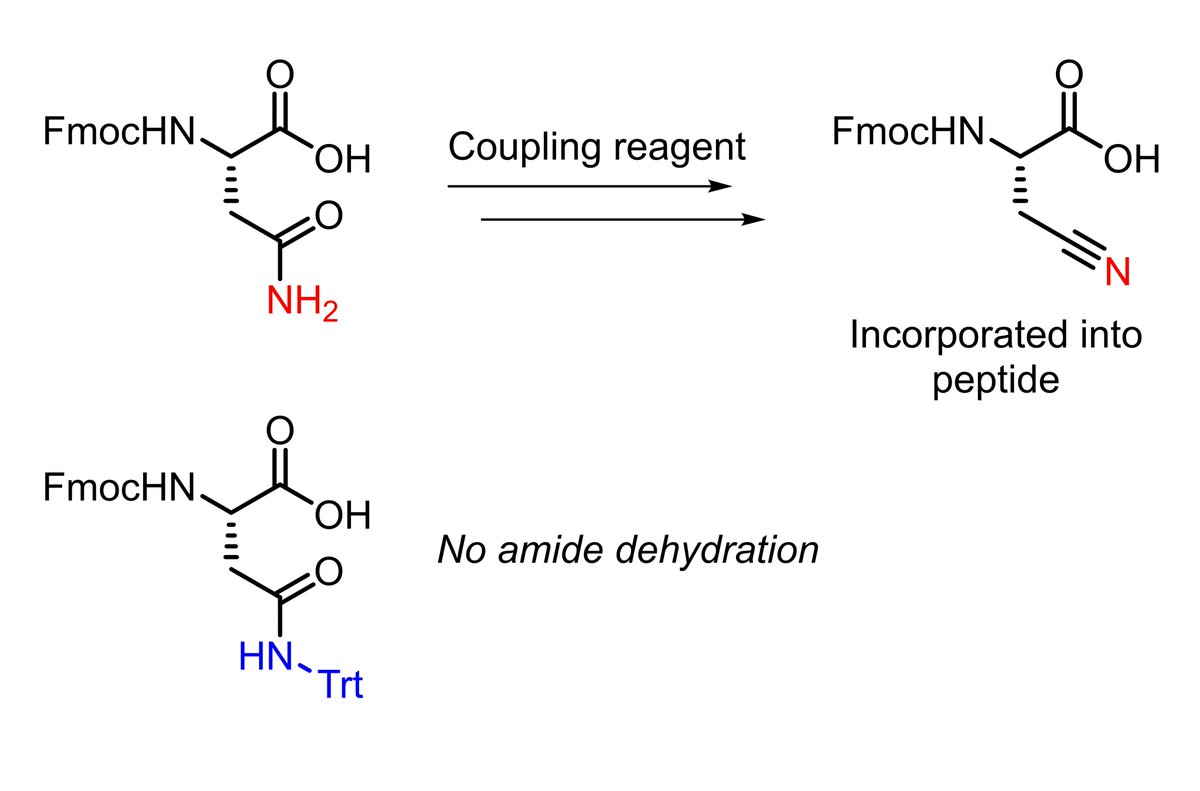
HCTU forms an activated ester with a reactivity level between the active esters formed by HBTU and HATU. The price also lies between HBTU and HATU. But solubility-wise HCTU is superior (~0.7-0.8 M, DMF), making it suitable for use in automated SPPS where solubility is crucial.
Peptides with C-terminal acids (Cys-COOH) can be problematic to synthesize by Fmoc-SPPS. The C-terminal Cys residue is racemized by piperidine treatments. And it can be converted to dehydroalanine which itself can react with nucleophiles, noticeably piperidine.
We @belyntic tested 1,4-BDMT as well and can confirm that is performing equally good as EDT and doesn’t smell at all. Unfortunately it ist still very expensive. Hope that will change 🔜
2-chlorotrityl chloride (CTC) resin is slowly inactivated by moisture upon prolonged storage. Fortunately, the resin can be regenerated by treatment with thionyl chloride in dichloromethane.